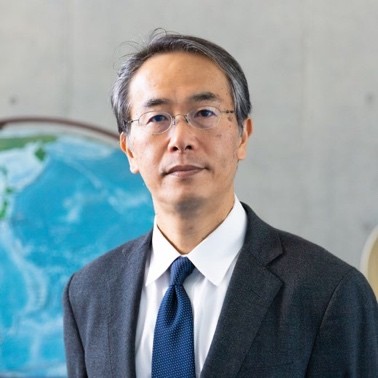报告题目:A Proposal for Intercomparison Experiments of Global Storm-Resolving Models: One-Year Long Simulation and Evaluation and Improvement by EarthCARE Satellite Observations
报告时间:2024年5月15日(周三)14:00
报告专家:Masaki Satoh 教授 日本东京大学大气海洋研究院
主 持 人:罗亚丽 教授
报告地点:长望楼N102报告厅

报告摘要:
This talk presents a proposal for intercomparison experiments of global storm-resolving models. Previously, a month-long or 40-day simulation of an intercomparison of global storm-resolving models was conducted under the DYAMOND (the DYnamics of the Atmospheric general circulation Modeled On Non-hydrostatic Domains) project. Global storm-resolving models can simulate meso-scale systems in the global domain, and it has been shown that the month-long simulations under the DYAMOND project reproduce the evolution of meso-scale convective systems comparable to nature in many aspects. As a next step of the feasibility of the global storm-resolving models, two directions of the intercomparison experiments are considered. One is to extend the simulation time to cover a longer period, such as a one-year experiment with a seasonal march (Takasuka et al. 2024, in preparation). The other is to evaluate with intensive observations, targeting for evaluation by the EarthCARE satellite, the new satellite scheduled to be launched in May 2024.
The EarthCARE satellite will enable the world's first observations of Doppler velocities from space using radar. This capability allows for the observational understanding of falling velocities of ice particles and raindrops. In numerical climate and weather forecasting models, falling velocities of hydrometeors have traditionally relied on empirical formulas based on limited observations, lacking comprehensive validation through global observations. These falling velocities have frequently been used as tuning parameters for numerical models. The falling velocity of upper-level clouds directly impacts radiation balance through changes in cloud amount. The raindrops' falling speed influences their evaporation and the formation of cold pools, thus convective aggregation. After obtaining Doppler velocity observations from EarthCARE, reliance on these falling velocities as tuning parameters becomes obsolete, introducing observational constraints. Conversely, altering these falling velocities from prescribed values in numerical models leads to deviations in model climatology and equilibrium states from observations, necessitating refinement of other processes, which require resolving compensation errors.
This presentation analyzes the characteristics of Doppler velocities using the global non-hydrostatic model NICAM and discusses the impact of snow and raindrops falling velocities. Specifically, utilizing the EarthCARE-like simulated data based on a global 220m mesh NICAM simulation, we aim to comprehend the global view of falling velocity characteristics and gain insights to analyze the EarthCARE satellite observational data.
欢迎广大师生踊跃参加!
气象卓越工程师学院
天气与气象技术研究院
2024 年5 月10日
专家介绍:
Dr. Masaki Satoh, an internationally recognized expert in atmospheric science and professor at the University of Tokyo’s Atmosphere and Ocean Research Institute (AORI). His research themes include atmospheric general circulation, dynamic meteorology, tropical meteorology, tropical cyclones, mesoscale systems, climate change, numerical modeling, global nonhydrostatic model, and satellite data analysis. He is section president of atmospheric sciences, the Asia Oceania Geosciences Society, and a director of the Meteorological Society of Japan. He is one of the lead authors of the Intergovernmental Panel on Climate Change (IPCC) Sixth Assessment Report: Working Group I (Chapter 11: Weather and Climate Extreme Events in a Changing Climate). In 2023, he received the High Performance Computing Infrastructure (HPCI) Outstanding Research Proposal Award for Fugaku project on Global Atmospheric Large-Eddy Resolving Simulations(PI: Masaki Satoh).
Dr. Masaki Satoh earned his Ph.D. in Geophysics at the University of Tokyo in 1993 and also became a lecturer of Saitama Institute of Technology. In 1998, he was a senior visiting scholar at the Department of Applied Mathematics and Theoretical Physics, Cambridge University. Later, he joined the Japan Agency for Marine-Earth Science and Technology when the development of the Non-Hydrostatic Icosahedral Atmospheric Model (NICAM) first started. In 2005, he moved to Center for Climate System Research at the University of Tokyo. Since 2011, he has served as professor at AORI and as a senior research scientist at the Japan Aerospace Exploration Agency.
